Emergency Local Tree Service: What to Do After Storm Damage to Backyard Trees
After a severe storm, the damage to trees can be both alarming and hazardous. Fallen branches, leaning trunks, and uprooted roots not only affect the appearance of your property but also pose serious safety risks to people and nearby structures. Acting promptly and methodically is key to preventing further harm and beginning the recovery process. Whether you’re dealing with a few broken branches or a tree that appears unstable, knowing how to assess the situation and respond appropriately can make all the difference in protecting your property and ensuring personal safety.
Here, you'll receive a clear, step-by-step approach to managing storm-damaged trees—from the initial assessment to professional intervention from a local tree service. By following these recommendations, property owners can make informed decisions that prioritize safety, reduce further risks, and promote the healthy recovery of affected trees.
1. Assessing the Damage
Identifying Different Types of Tree Damage
Learn how to distinguish between minor, moderate, and severe damage. Observing the tree's condition post-storm is vital for categorizing the extent of damage. Minor damage may include broken branches, whereas moderate damage often involves large limbs being ripped off. Severe damage usually involves the tree being uprooted or excessively leaning, which poses a significant risk. Understanding these distinctions helps decide the necessary interventions and whether professional assistance is required.
Evaluating Tree Stability
Steps to determine whether a tree is at risk of falling. Evaluating a tree's stability involves inspecting for soil upheaval around the roots. A leaning tree with visible root exposure may indicate imminent failure. Observing the crown for symmetry and checking for cracks in the trunk are additional indicators of instability. This evaluation helps prevent possible accidents by determining if immediate action or removal is necessary.
Safety Precautions for Assessment
Essential safety measures to take during the initial assessment. Before assessing storm-damaged trees, ensure your own safety by wearing appropriate protective gear such as helmets and gloves. Avoid touching fallen power lines entangled with branches, as they can be life-threatening. Keeping a safe distance from precariously leaning trees is crucial to avoid accidents. Always prioritize personal safety over saving property or other resources.
Documenting Damage for Insurance
Tips for capturing photos and writing descriptions of the damage. Proper documentation is critical when filing insurance claims. Capture photographs from multiple angles to provide a comprehensive view of the damage. Ensure that descriptions detail the time, nature, and extent of damage observed. Organizing this information accurately can facilitate smoother processing of insurance claims, providing necessary financial support for recovery.
When to Call a Professional
Guidelines for deciding when expert evaluation is necessary. Not all tree damage can be accurately assessed by untrained eyes. If the damage seems extensive or if there's any doubt regarding the tree's condition, it's wise to contact a professional local tree service. Tree services provide expert evaluation and suggest appropriate actions for tree recovery or removal. Their specialized knowledge is indispensable when dealing with complex or severe damage scenarios.
2. Immediate Actions to Secure the Area
Removing Hazards
Procedures for eliminating imminent dangers to people and property. Storm-damaged trees often present hazards such as dangling branches and fallen debris. It's crucial to clear these hazards promptly to ensure safety. Start by cautiously removing smaller debris and securing larger branches until professional help can arrive. If a tree threatens to fall imminently, evacuate the area and alert authorities if necessary.
Setting Up Protective Barriers
Instructions on using barriers to prevent access to risky areas. Erecting barriers around unstable trees or debris is essential for preventing accidents. Use caution tape or temporary fencing to delineate hazardous zones. These tools act as visual warnings, ensuring people avoid areas at risk. Properly erected barriers provide a first line of defense, giving you time to arrange for further assistance from a local tree company.
Warning Neighbors and Visitors
Strategies for communicating potential risks to others nearby. Informing neighbors and visitors about damaged trees can prevent accidental injuries. Use multiple communication channels such as direct messaging, neighborhood social media, or group emails to alert others. Clear, concise communication ensures everyone is aware of the hazards. Promptly sharing this information fosters community safety and cooperation.
Temporary Fixes for Minor Damage
Quick fixes that can help prevent further deterioration. For minor damages, temporary solutions such as bracing or cabling can stabilize branches. Pruning broken or dangling limbs prevents further strain on the tree. These interventions are short-term measures designed to limit damage until more comprehensive solutions are applied. Acting swiftly prevents deterioration and maintains the tree's health until you can secure help from a local tree service.
Monitoring Weather Conditions
Importance of staying informed about upcoming weather changes. After initial storm damage, keeping an eye on weather forecasts is vital. Additional storms can exacerbate the condition of already weakened trees. Use reliable sources to get the latest weather updates, and plan accordingly to protect your property. Staying informed aids in taking timely action to mitigate additional risks.
3. Engaging Professional Tree Services
Choosing the Right Local Service
Selecting a competent local tree service involves reviewing experience, reputation, and customer testimonials. Assess their response time, especially for emergency services. Ensure their equipment is suitable for handling your specific situation. Vet multiple providers to find the best fit for your circumstances, and ensure they prioritize sustainable and safe practices.
Understanding Service Offerings
Overview of typical emergency tree services and what they include. Emergency tree services encompass removal, stabilization, and pruning to address immediate threats. Understanding these services enables you to make informed decisions about required interventions. The right tree service provider will be able to offer several services, including pruning. According to Verified Market Reports, the tree pruning and maintenance services market was worth around $13 billion in 2024, signifying its critical role in tree management. Clarifying offerings with service providers helps set realistic expectations so that you receive the necessary support efficiently. Comprehensive services often include cleanup and preventative maintenance within package deals.
Checking Credentials and Insurance
Importance of verifying professional qualifications and coverage. Confirming the credentials of your chosen local tree service safeguards against potential liabilities. Professionals should have valid licensing and adequate insurance to cover potential damages or accidents. Operating without these qualifications can leave you financially exposed. Due diligence ensures that you engage qualified experts who comply with local regulations.
Scheduling the Service
Best practices for organizing and confirming service appointments. Once you've selected a service, arranging a convenient schedule is crucial. Ensure clear communication about expected timelines and any preparatory action required. Confirm appointments well ahead to accommodate both your schedule and the service provider’s. Scheduling efficiently maximizes the quality and effectiveness of the service rendered.
Recovering from storm-related tree damage requires a careful balance of safety, patience, and informed decision-making. By taking the time to assess the situation accurately, secure the area, and document the damage, homeowners can protect both their property and personal well-being. Simple measures—like identifying the level of damage, setting up barriers, or warning neighbors—can go a long way toward preventing accidents while waiting for professional help.
However, knowing when to call in a local tree service is equally important. Trained specialists can identify hidden structural issues, safely remove unstable trees, and provide long-term solutions that promote recovery and prevent future problems. Their guidance helps preserve healthy trees while managing risks posed by severely damaged ones. With the right approach and professional assistance, you can restore safety, protect your property, and help your landscape regain its strength and beauty for years to come. Contact Traditional Tree Service today for help with all your tree service needs.
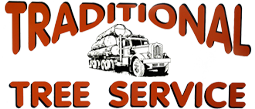
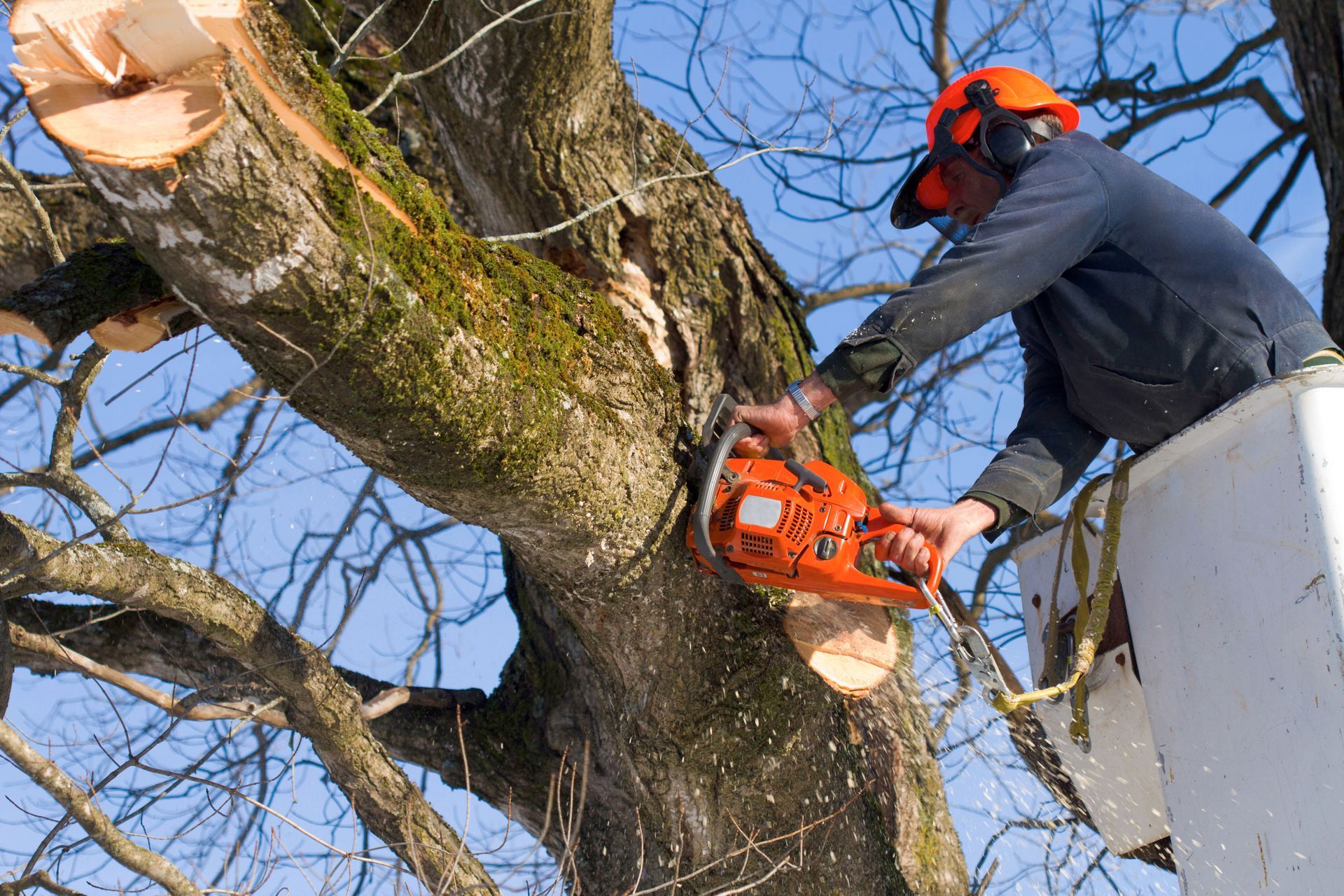
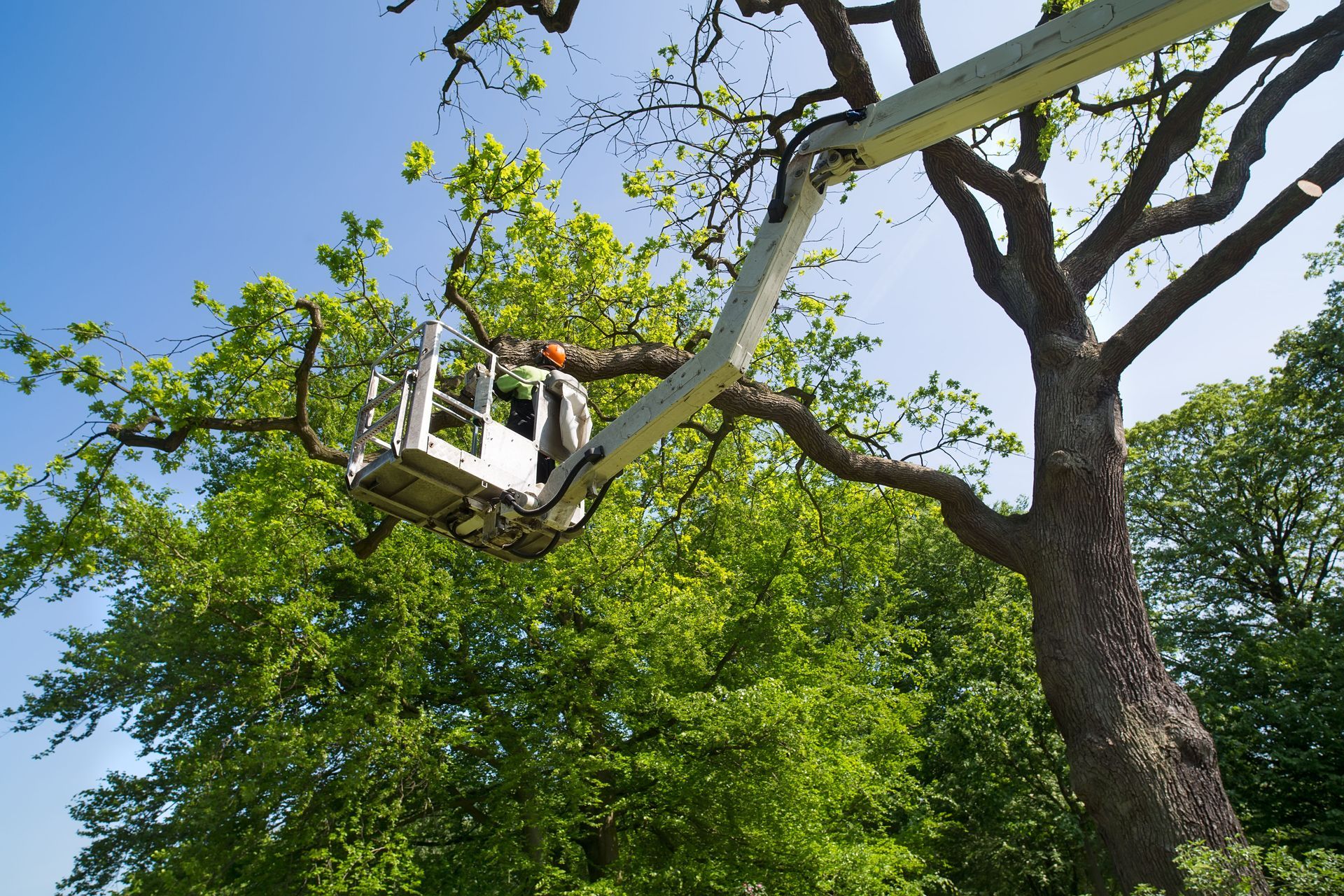

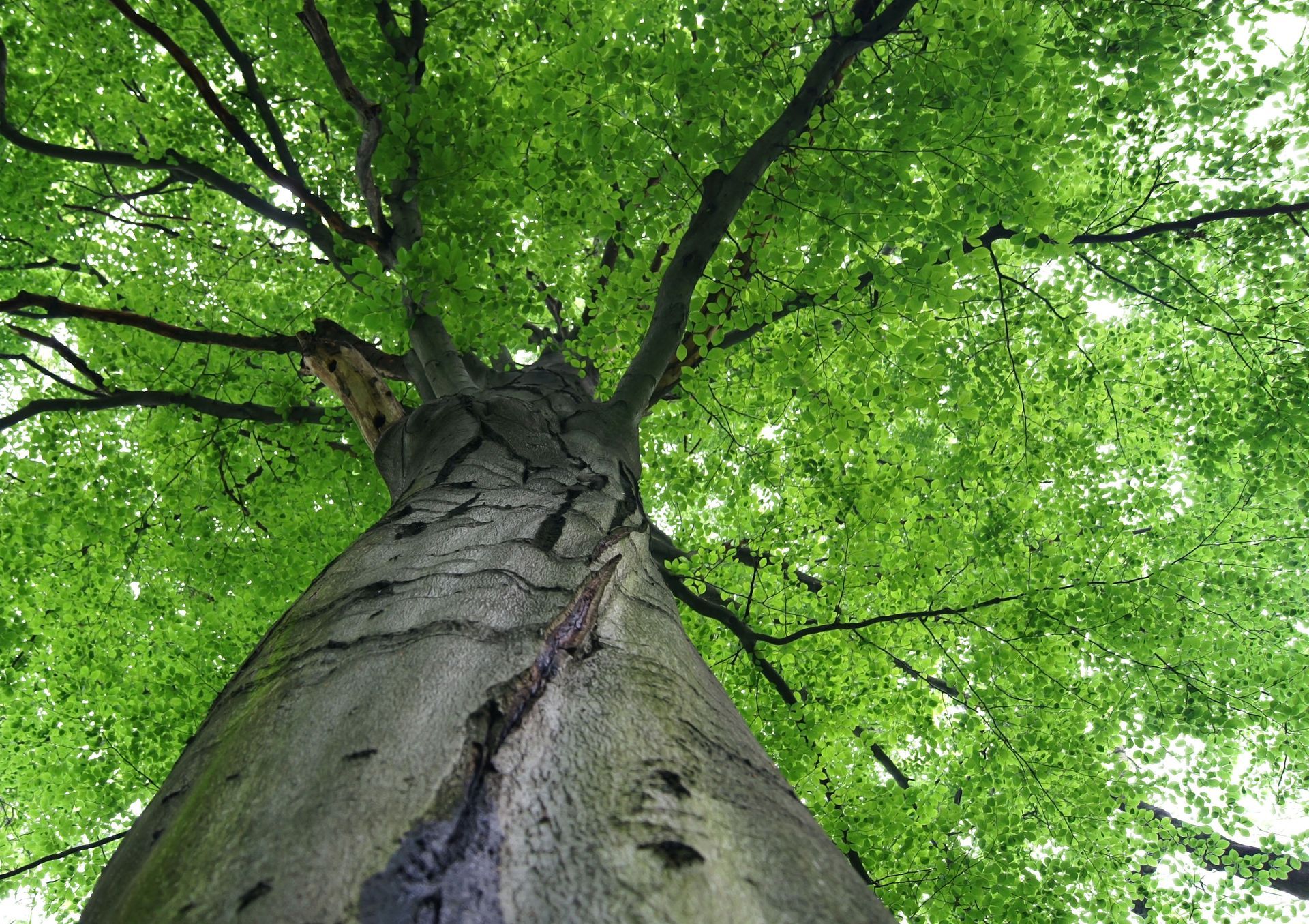
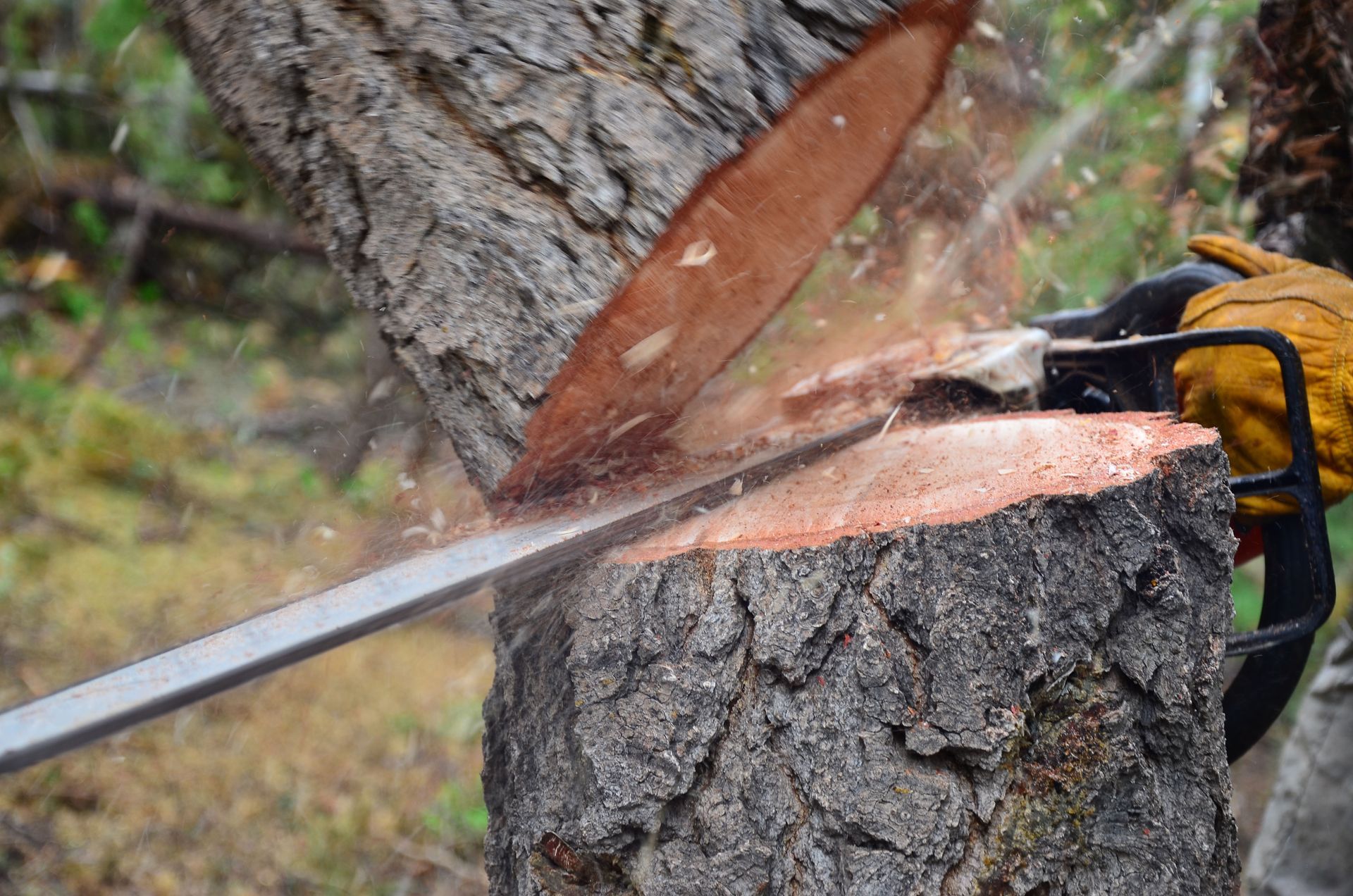
Share On: